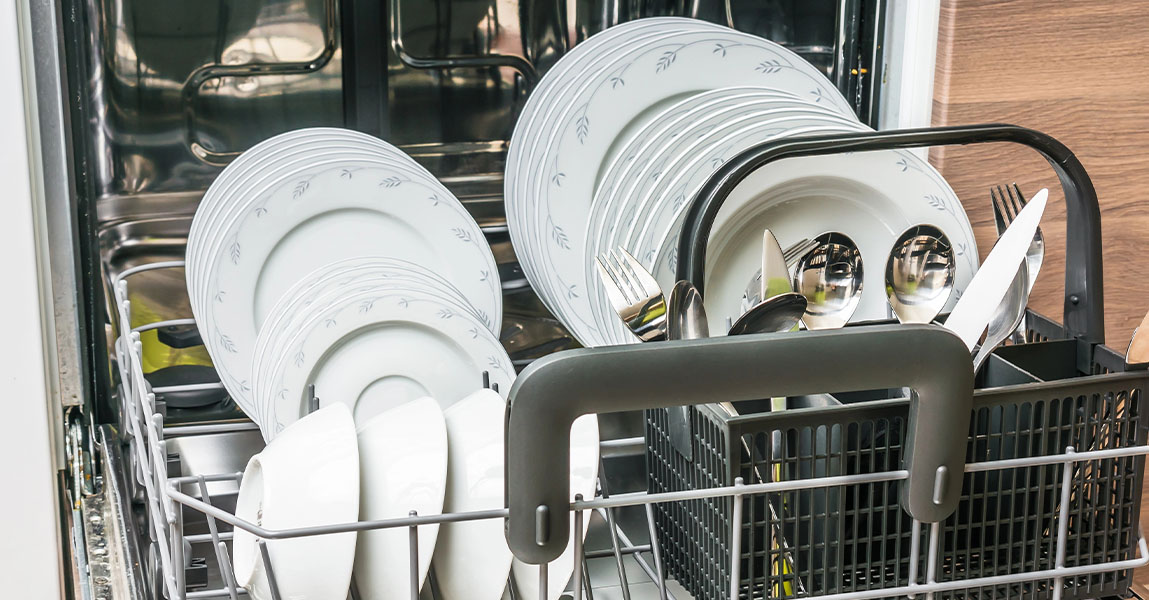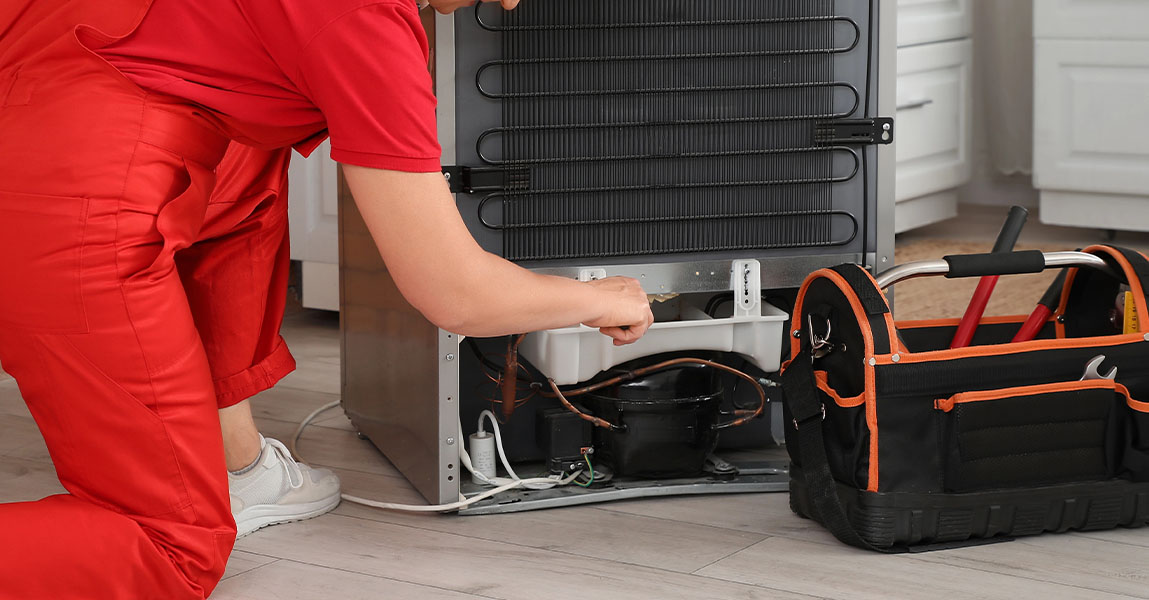Appliance issues can happen suddenly and throw your daily routine off track. Whether it’s a fridge that’s not cooling, a washer stuck mid-cycle, or a stove that won’t heat, getting it repaired quickly becomes a priority. Knowing what to expect during your appliance repair appointment in Calgary can reduce stress and help you feel more prepared.
Understanding the process ahead of time gives you peace of mind. Therefore, let’s walk through each stage of the typical repair experience so you’re not caught off guard when the technician arrives.
Getting Ready for the Technician’s Visit
Before your technician shows up, there are a few simple steps you can take to ensure the appointment goes smoothly. Firstly, try to clear a path to the appliance so the technician can work without moving furniture or other items. In addition, make sure there’s good lighting in the area to avoid delays during diagnosis.
You don’t need to disassemble anything. That is to say, the technician will handle all technical inspection and dismantling. However, it helps to clean the surrounding space, especially if your appliance is located in a tight corner or behind kitchen cabinets.
If you have pets, it’s a good idea to secure them in another room. Likewise, you’ll want to have a list of symptoms or issues you’ve noticed, including when the problem started, any unusual sounds, and what troubleshooting you may have already tried. This kind of information saves time and helps the repair expert pinpoint the problem quickly.
What the Diagnosis Process Looks Like
Once the technician arrives, they’ll typically begin by asking a few questions about the appliance and its recent behavior. For example, if your dryer stops mid-cycle, they might ask if there are any blinking lights, how full the load was, and whether the issue happens every time. These questions matter because they guide the direction of the inspection.
After that, the technician will start a full inspection of the appliance. They will likely remove a panel or check wiring connections using specialized tools. Most importantly, they’re looking for signs of worn-out parts, burnt components, blockages, or error codes. In other words, they’re trying to find the root cause of the problem.
During this phase, the technician may test different settings or run diagnostic cycles. Consequently, you might hear unfamiliar beeps or sounds coming from the unit. That’s completely normal. These steps are part of a controlled test to gather information about the appliance’s performance.
Getting a Quote and Approving the Work
Once the technician finishes diagnosing the problem, they’ll give you a breakdown of the issue. That includes which part has failed, why it failed, and what’s needed to fix it. To clarify, they’ll let you know whether the repair is minor or if a key component needs replacement.
At this point, you’ll be given a repair quote. The quote should include the cost of labor, parts, and any service call fee if applicable. You’re not pressured to approve anything on the spot. However, if you agree to the quote, the technician will typically start the repair right away if they have the parts with them.
In many cases, the fix can be completed on the same visit. For instance, common issues like clogged drains, burnt fuses, or jammed doors usually require less time and common replacement parts. On the other hand, if the part is more specialized, it may need to be ordered. In that case, the technician will schedule a return visit once the part arrives.
Repair Work and What You Can Expect
Once you approve the quote, the repair begins. It’s worth knowing that many repairs involve disassembling parts of the appliance. For example, a fridge repair might require pulling the unit out from the wall and removing interior panels. Meanwhile, a dishwasher repair could involve checking connections underneath your sink.
The technician will work carefully, often using diagnostic meters, voltage testers, and manufacturer-approved replacement parts. Most importantly, they’ll test the appliance again once the work is complete to ensure the issue is resolved.
You might be asked to run a quick cycle on a washer or test the burner on a stove. Similarly, if your fridge was repaired, the technician might check the temperature reading after a few minutes to confirm performance.
After that, the technician will clean up their workspace and return the appliance to its usual position. Some technicians may offer advice on how to prevent similar issues in the future. For example, they might suggest spacing your laundry loads evenly or cleaning your lint trap more frequently.
Timelines and Appointment Duration
The length of a typical repair appointment depends on the appliance and the issue. That said, most appointments last between 45 and 90 minutes. However, more complex issues or multiple appliance inspections can stretch that window to two hours or more.
It helps to set aside some flexible time in your day. Likewise, try not to book other overlapping appointments right after the visit. While technicians do their best to work efficiently, some delays may happen due to unexpected findings during the diagnosis.
In Calgary, same-day or next-day repair services are often available. That’s especially helpful when dealing with broken fridges or ovens before the weekend. If you’re looking for dependable appliance repair services in Calgary, knowing that quick response times are possible can make a big difference.
What Happens After the Repair Is Complete
Once the repair is done and the appliance is tested, the technician will walk you through what was fixed. They’ll show you the part that was replaced, if applicable, and offer some final thoughts on how to maintain the unit going forward.
You’ll typically receive a digital or paper invoice summarizing the work. This document is important for your records, especially if your appliance is still under warranty or if you need follow-up service.
After that, most services will include a short-term warranty on the repair itself. This gives you a bit of extra peace of mind. If the same issue returns within the covered time, the repair is usually revisited at no additional labor cost.
In some cases, if the appliance is beyond repair or the cost outweighs its value, the technician may let you know. In those instances, it’s often better to invest in a new appliance rather than spending more on parts. These decisions are yours to make, but it’s good to be informed.
Extra Tips to Make the Most of the Visit
There are a few simple ways to improve your experience even further. Firstly, keep your appliance manual nearby if you have it. Technicians often carry universal repair guides, but your model’s manual may help clarify uncommon features or settings. Secondly, consider snapping photos of any error messages before the technician arrives.
If you need to reschedule, try to give notice ahead of time. This helps free up slots for other Calgary residents waiting for help. Additionally, when you’re ready to book a visit, you can use the contact form to share details about your issue. That way, the technician arrives fully prepared with the tools and parts needed for your specific problem.
Lastly, don’t hesitate to ask for tips about keeping your appliance in good condition. Most techs are happy to share basic care advice that can prevent breakdowns in the future.
FAQ
How do I know if my appliance can be repaired or needs to be replaced?
A technician will inspect your appliance and assess the issue. If the repair cost is too high compared to replacement, they will let you know your options clearly.
Do I need to stay home for the entire appointment?
Yes, someone needs to be present to allow access and approve the work. You should plan to be available during the entire visit.
What should I do if the appliance breaks again after the repair?
Check your service warranty period. Most companies provide a limited-time warranty on repairs, so you may be eligible for a follow-up at no extra cost.
Can I request repairs for more than one appliance during the same visit?
Yes, but it’s helpful to mention all your concerns when booking. That allows the technician to allocate enough time and bring the right tools.
Is payment due immediately after the repair?
In most cases, yes. You’ll typically pay once the job is complete and you’ve received a summary of the work performed. Accepted payment methods usually include credit or debit cards.






